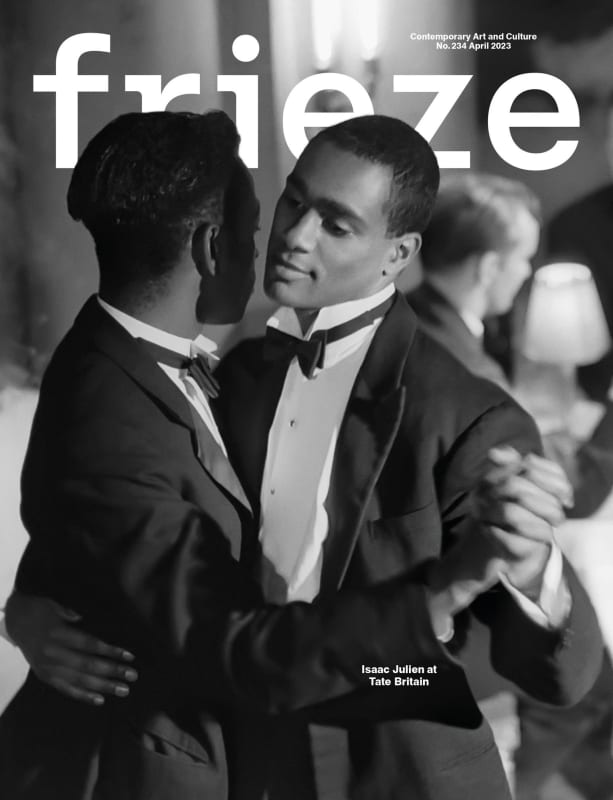Isaac Julien Uses the Archives as a Springboard for Reinvention
By Deborah Willis and Isaac Julien
Deborah Willis When I first met you, in the late 1980s, you were working on the film Looking for Langston (1989), in which you explored the story of the African American poet Langston Hughes and the Harlem Renaissance of the 1920s and ’30s. Can you talk about what inspired you to investigate memory in your practice – to see what was missing or erased or undiscovered in the archives and to develop new narratives around it?
Isaac Julien My investigation into the ways in which there were so many absences and erasures in archives led me to view them as a springboard for reinvention. When I started to look at works from the 1920s and ’30s, it was a revelation to discover that I had never been taught about the Harlem Renaissance as a Black arts movement in any of my art history classes.


